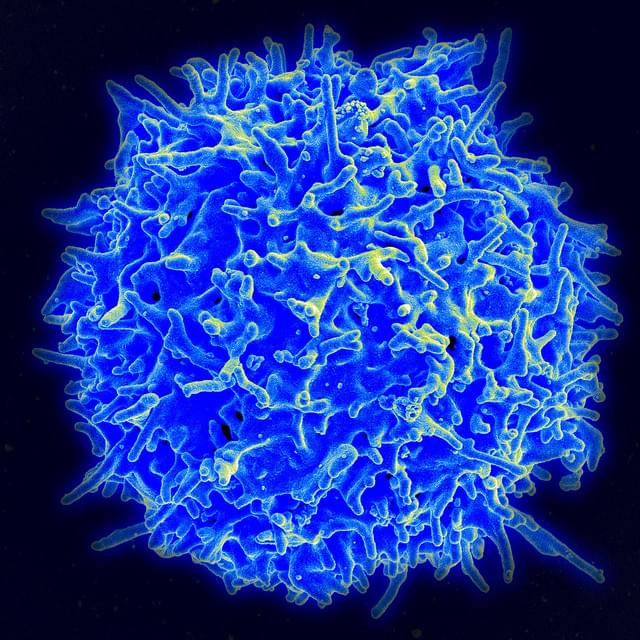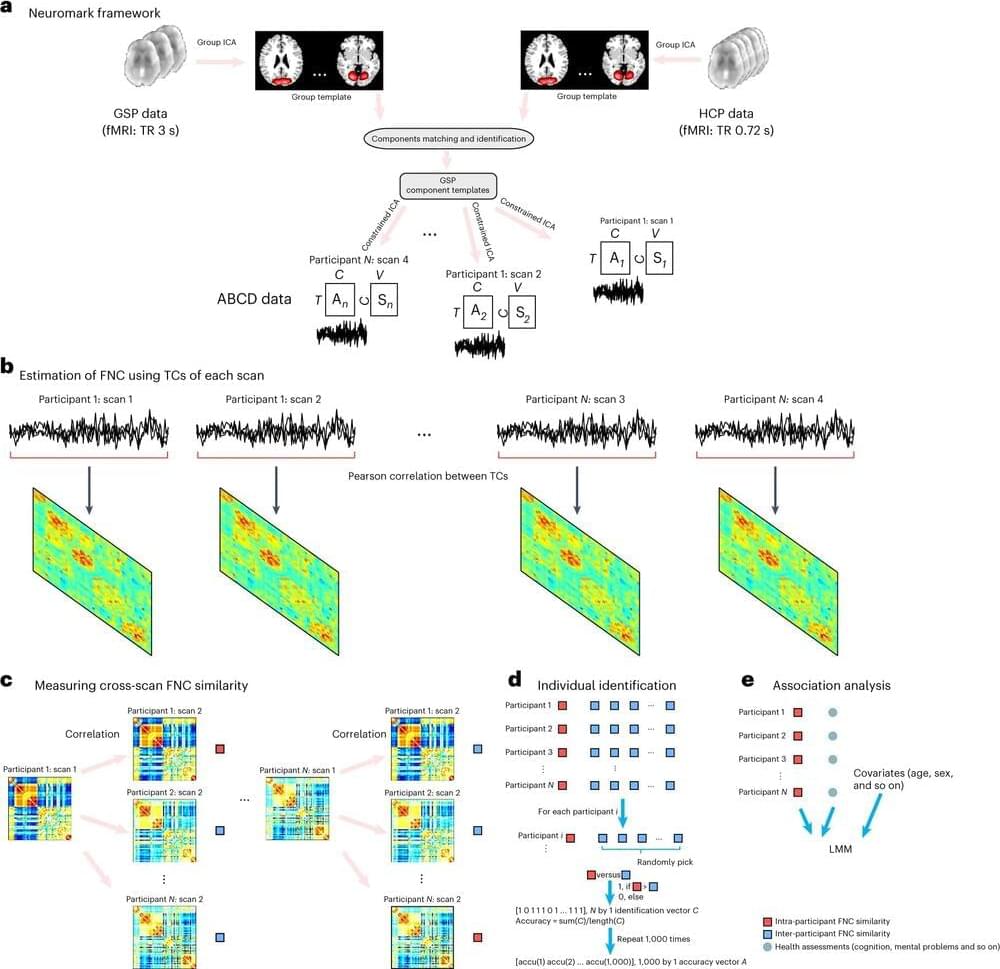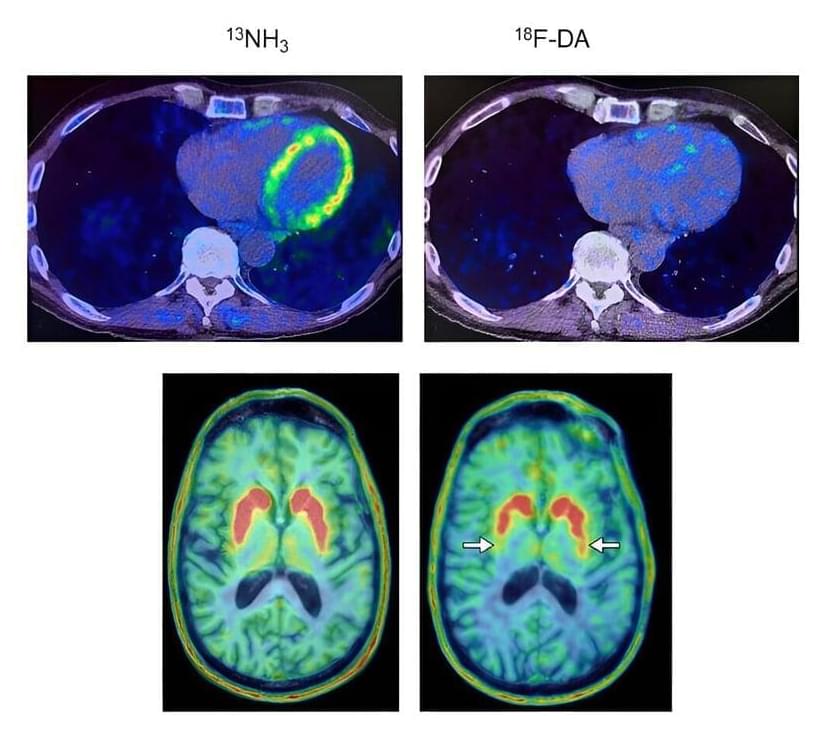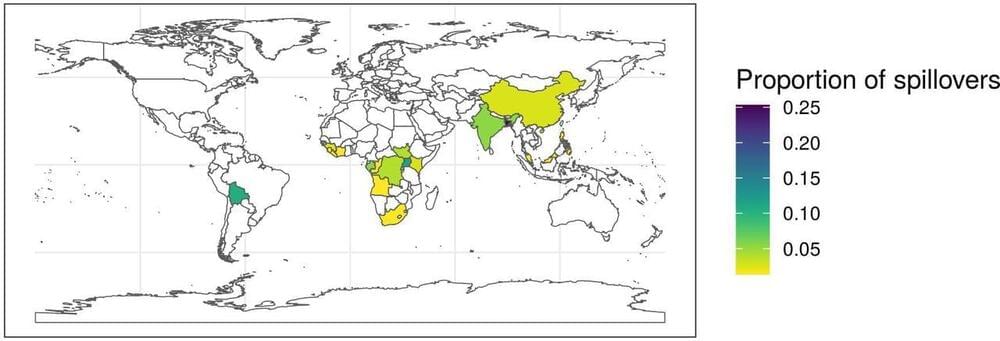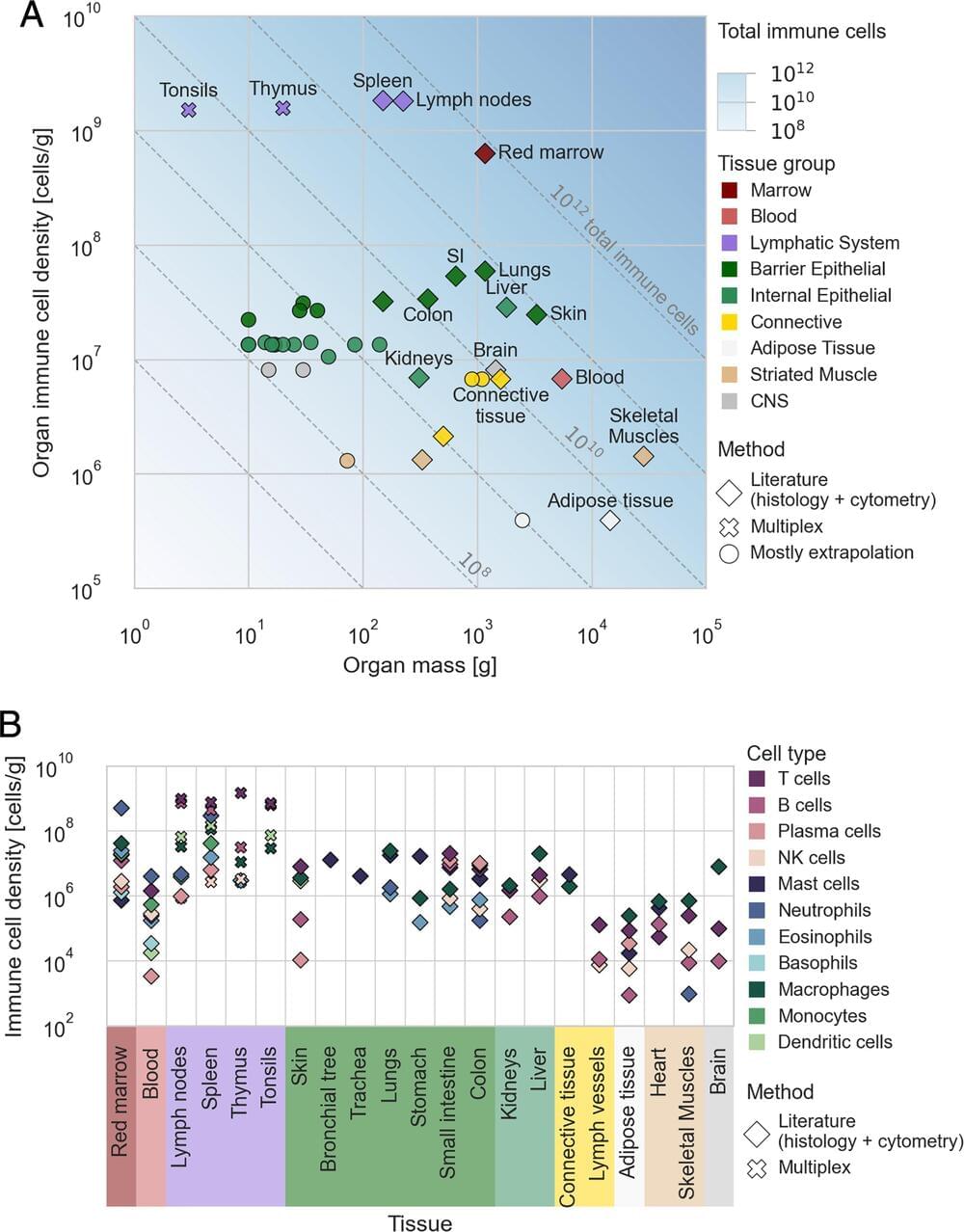UCLA scientists have developed a new method to engineer more powerful immune cells that can potentially be used for “off-the-shelf” cell therapy to treat challenging cancers.
“Off-the-shelf” cell therapy, also known as allogenic therapy, uses immune cells derived from healthy donors instead of patients. The approach can bring cell therapies, like chimeric antigen receptor (CAR) T cell therapy, to more patients in a timelier manner, which is one of the major barriers in getting these life-saving treatments to patients.
“Time is often of the essence when it comes to treating people with advanced cancers,” said Lili Yang, associate professor of microbiology, immunology and molecular genetics and member of the UCLA Health Jonsson Comprehensive Cancer Center. “Currently, these types of therapies need to be tailored to the individual patient. We have to extract white blood cells from a patient, genetically engineer the cells and then re-infuse them back into the patient. This process can take weeks to months and can cost hundreds of thousands of dollars to treat each patient.”
